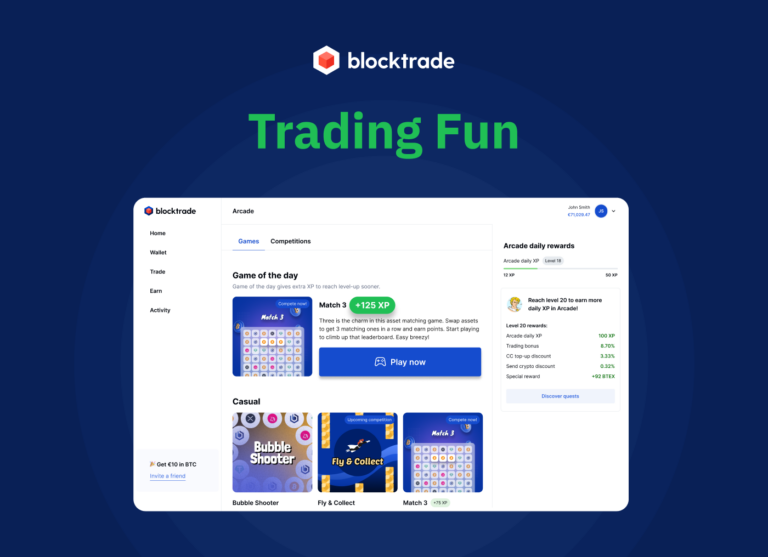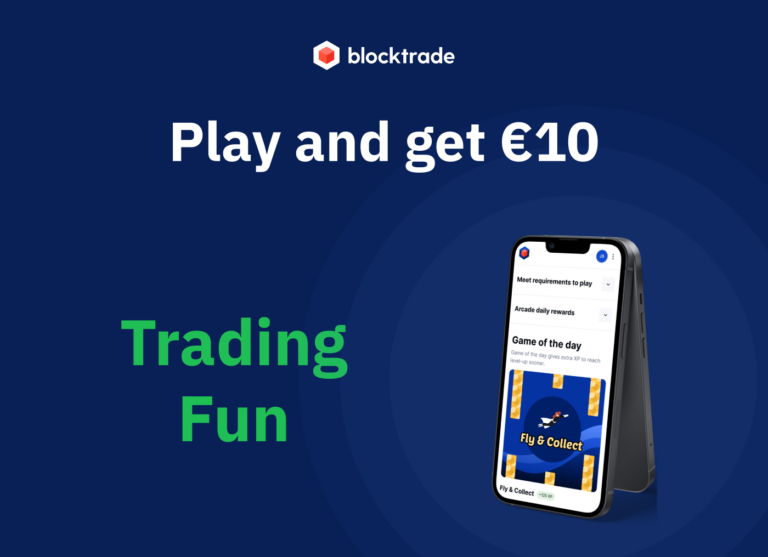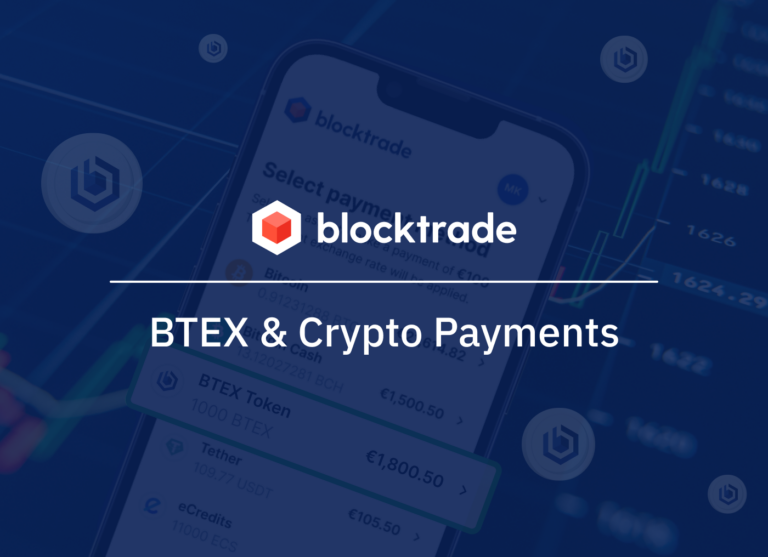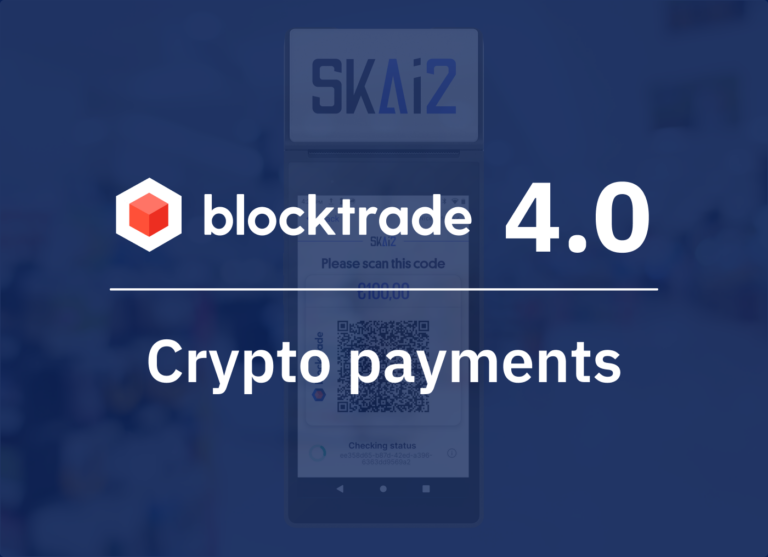Welcome to the third and final part of the introductory series “Trading 101”. After covering the nitty-gritty, basic concepts and questions traders must ask themselves in part 1, and describing the five major types of cryptocurrencies and what cryptocurrencies to trade with in part 2, in part 3 we will discuss how to actually start trading cryptocurrencies.
Putting all of the pieces together, here is the exact guide to follow to start reading cryptocurrencies with a goal and strategy in mind. Let’s get started!
Step 1: Create an account at Blocktrade or another crypto-exchange of your choosing.
You first have to register an account at Blocktrade and verify it. To this end, you will undergo the so-called “Know-Your-Customer” (KYC) process. The KYC process is mandated by EU guidelines in order to avoid money laundering (AML), Crypto-exchanges are required to comply with AML and CFT obligations as per the AML 5 EU Directive and have to implement a KYC process for this purpose.
The KYC process usually requires users to provide a proof of identity and proof of residency (address). Sounds cumbersome? Don’t worry, it isn’t! All you have to do is upload a scanned high-resolution image of your passport or ID (proof of identity) and a utility bill mentioning your address and issued within the last 6 months (proof of residency).
While the KYC process may ordinarily take 10 to 15 minutes, it is important to remember that it’s also there to protect you from any harm. KYC checks keep malicious actors or deceptive users away from the platform and make it safe for you to use and deposit or withdraw money from your account.
Step 2: Pick a crypto to trade in
Now it is time to decide what cryptocurrency you want to buy. Will you go for Bitcoin? Most traders start out that way, others may go for a particular altcoin, the use case of which they are convinced of or they see a lot of potential in. Remember the importance of currency pairs, will you be using a fiat-pair, e.g. BTC/EUR, or a crypto-pair like BTC/ETH?
Either way, you first have to deposit currencies into your Blocktrade account. This can be done through a fiat currency, using e.g. wire transfer, bank deposit or credit card. Already have crypto you want to trade? You can send any supported crypto into the respective wallet within your Blocktrade account.
Just make sure you got the wallet address correct and only send into the respective wallet! Otherwise, your funds will be lost! E.g. only deposit BTC into the BTC wallet, ETH into ETH wallet, etc.
Step 3: Choose a strategy
So you have registered and verified your account, deposited funds and know which currency-pair you want to trade. Great! But how will you be trading? Your trading strategy encompasses factors like investment amount, trade size, time frame of the investment and risk appetite. You may want to review our basic description of trading styles and strategies using part one of our trading 101 series. Once you have picked a strategy, you can start buying and trading as you desire.
Step 4: Store your crypto
You have bought some cryptocurrencies? Great! Now what? Unless you are a highly active short-term trader, you will have to determine where and how to safely store your cryptocurrencies for the duration of your “hodl”. This is all about picking and mentioning the right script to wallet.
If you don’t plan to sell your crypto within a few days, it should go into an even safer long-term storage like a mobile wallet or, ideally, even a hardware wallet. You can find a detailed guide how crypto wallets work and how to determine the perfect crypto wallet for you in our detailed crypto wallet guide.
Disclaimer
This is not a financial advice. Explaining how to trade is not a recommendation to buy, sell, or participate in the associated network. We would like to encourage you to do your own research and invest at your own risk.







